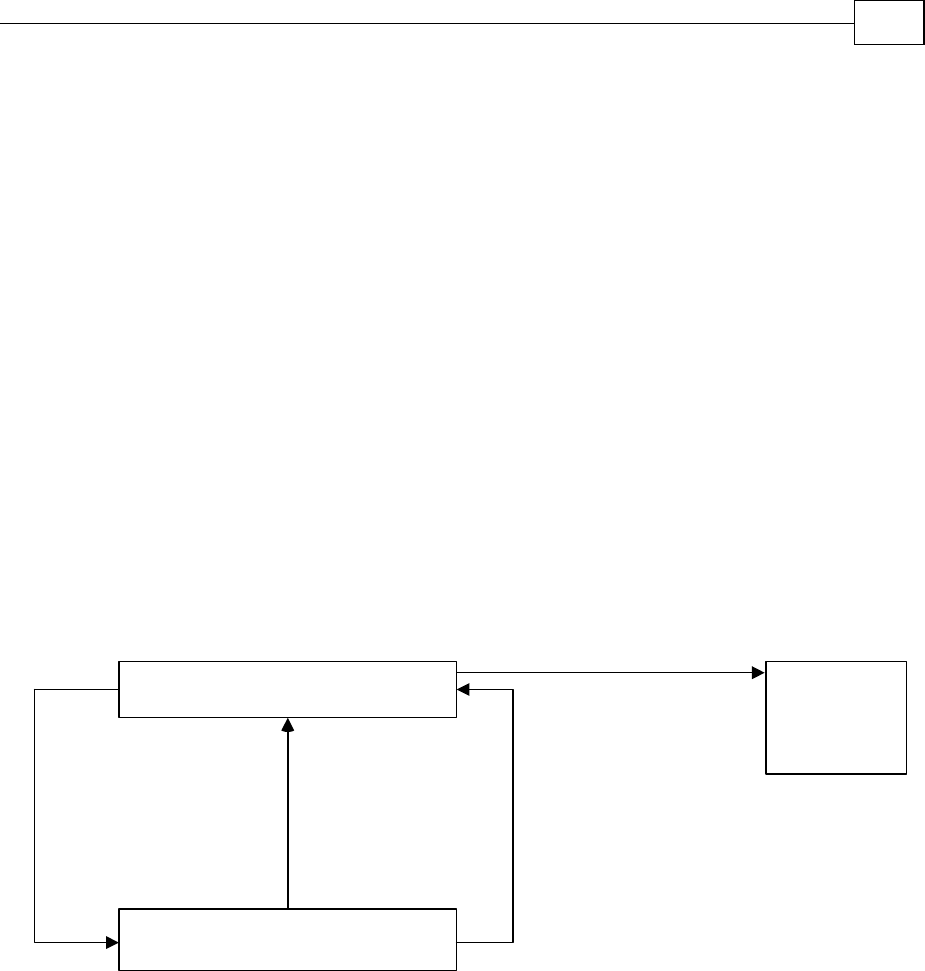
3 LSS Services
LSS services can be functionally grouped into four categories:
Switch Mode Services provide a way to logically connect the LSS Master
and LSS Slave(s) for configuration purposes. They change the LSS mode
attribute of the LSS Slave (see the Figure
3-1).
Configuration Services perform the actual task of configuring the layer
parameters of LSS Slave(s). The configuration services are only available
in configuration mode.
Inquiry Services provide a way for the LSS Master to determine layer
parameters. The inquiry services are available only in configuration mode.
Identification Services provide a way for the LSS Master to determine the
presence of a device and to check for devices with invalid Node-ID. The
identification services are available in configuration and operation mode.
Power-on
Reset
Operation Mode
Configuration Mode
Switch Mode Global
Operation_Mode
parameter with Node
I.D. unchanged
Switch Mode Global
Operation_Mode
parameter with Node
I.D. unchanged
Node Diagram
Switch Mode
selective with
Matching LSS-
address parameter.
Switch Mode global
Operation Mode
parameter with Node-
ID changed.
Figure 3-1 LSS Slave Modes and Switching Services
3.1 LSS Master-Slave Synchronization & Protocol
In the LSS Protocol all slaves use the same Communications Object (COB) to send
information to the LSS Master. In order to ensure that only one LSS Slave
communicates with the LSS Master at a time, a switching mechanism, under the
control of the LSS Master is implemented.
A slave can only communicate with the Master after it has been switched into
Configuration Mode by the master. In other words, the Master must first take the
initiative. Furthermore, the Slave only communicates specific information requested
by the Master.
CANopen DSP 305 Implementation Guide
MAN-CAN305IG (Ver. 1.1)
3-1


















